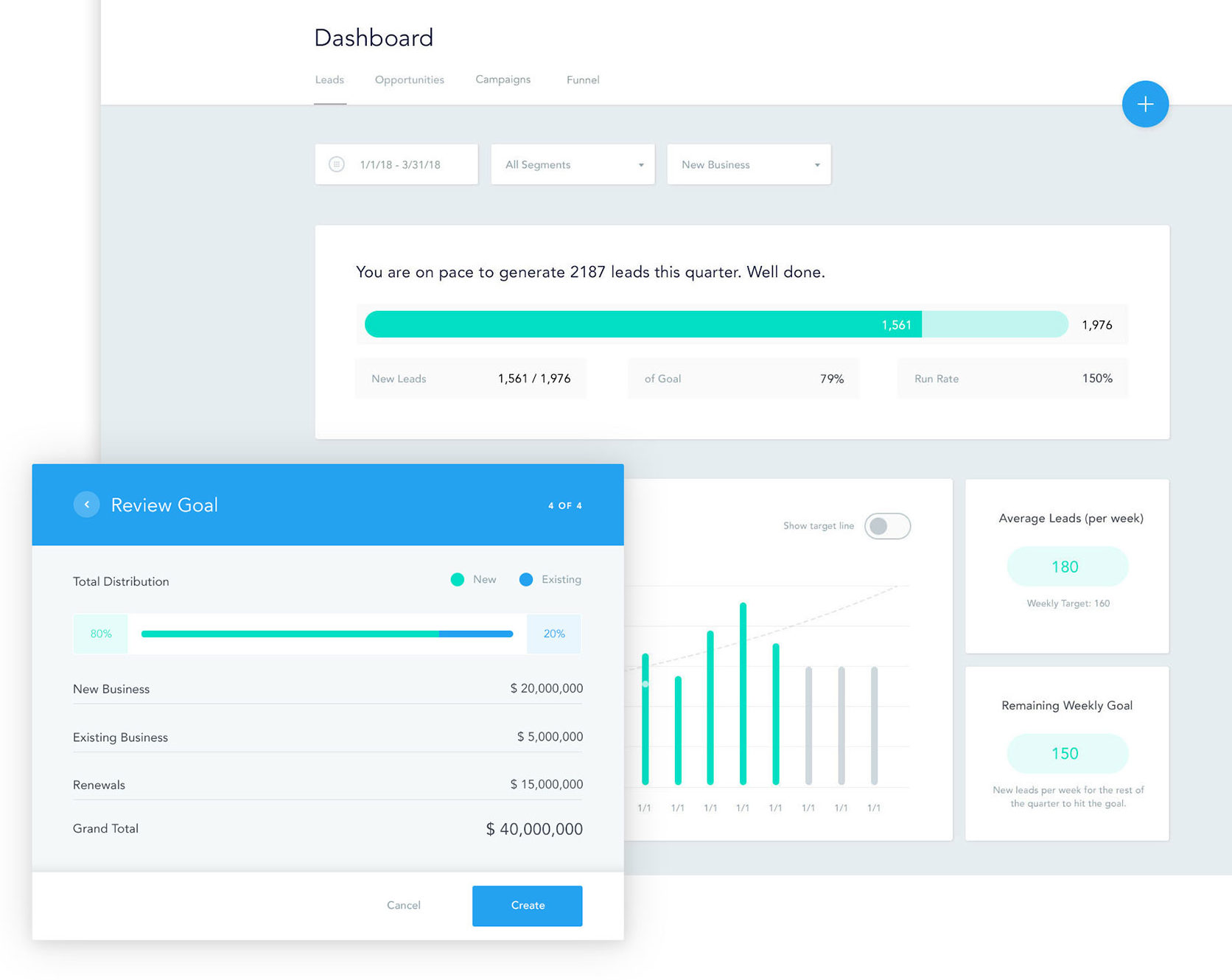Marketing plans vary so wildly from team to team, it’s amazing we can share marketing metrics at all. Yet how we codify our roles and our contribution to an organization are very similar””whether we’re B2B, B2C, or in entirely dissimilar industries.
What’s one thing we all have in common? The very real need to change quickly when we have to.
Marketing goals are tied to the goals of the business: if leads are lagging or not converting, you need to spot the problem and make changes. Access to real-time metrics is key to data-driven, agile marketing.
When planning for the year ahead, any marketing team should consider flexibility. Let’s say you plan to roll out two big campaigns in the first half of the year with multi-channel programs rolling up under those campaigns.
What if your campaigns are on track, but you’re not hitting the number of leads you planned? Your goals and themes won’t change, but your channels and strategies might have to””and that’s what agile marketing is about.
Apply the 80/20 rule to your marketing plan: 80% of your campaigns and activities should be planned in advance, while the remaining 20% can be committed later as you test, learn, and iterate.
For example, if social is proving ineffective for driving leads, you’ll need to rethink your social strategy or consider replacing it with another tactic to close the gap. A tight relationship with sales and a pulse on real-time metrics are key””if something’s not working, you need to react quickly to turn things around while there’s still time to impact pipeline.
The diagram below shows an example of opp targets, lead targets, and two BACs (big ass campaigns), with channels for promotion:
Your marketing plan will most likely include an estimate of how many leads you’ll generate from each channel for each campaign.
But what if the leads you bring in from content syndication don’t convert? And what if you hit a snag in your email marketing due to list exhaustion or a blocklist? Take it from experience, it can happen, and when it does, it’s ugly. You’ll need to find a way to close the lead gap as quickly as possible.
Looking back at the end of a quarter with a shrug, “Welp, that didn’t work. Should’ve done something else,” helps no one. But using the 80/20 rule, staying on top of your metrics, and planning for agility can. It’s your best bet at staying on track””no matter what comes your way.
What key metrics should you measure? Why should your marketing plan start with company revenue goals? Here you go: The Modern Marketer’s Guide to Annual Planning.






